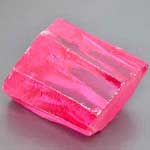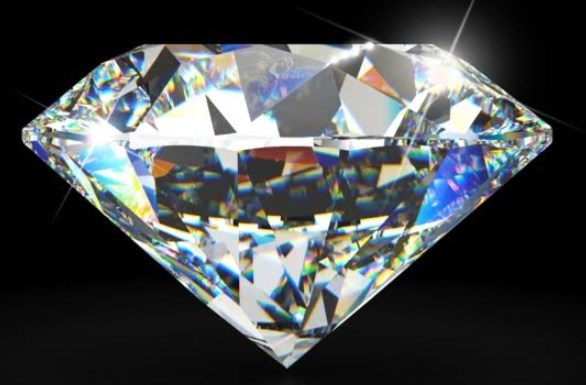The global gemstone market is a fascinating and enduring jewellery and luxury goods industry segment. People have prized gemstones for ages due to their exceptional beauty, rarity, and cultural significance. This market is vital because it offers a variety of valuable gems used in jewellery, representing status and emotions and valued for their enduring attractiveness.
A groundbreaking change has occurred in the gemstone industry with the emergence of synthetic gems. These artificially created wonders have challenged conventional ideas of scarcity and worth, providing a sustainable and advanced technological alternative to natural alternatives. This article looks into the intriguing world of artificial gemstones, discussing how they are made, the ethical considerations, and their increasing appeal to buyers who desire attractiveness and ethical sourcing in their jewellery selections.

A gemstone in orthodox history
The spellbinding characteristics of gemstones, such as their mesmerising colours and inherent beauty, have fascinated people for ages. Historically, gems were extracted from the ground with cumbersome manual mining operations that correlated with high environmental costs and ethical issues. On the other hand, synthesising synthetic jewels corresponds to a rebirth for the gemstone industry. These lab-generated phenomena have the same chemical and optical properties as natural stones, thus opening up a new ethical and eco-friendly option to traditional mining.
Why do you need to buy synthetic rough gems?
The Science Behind Synthetics
Familiarising yourself with the technology behind synthetic gems is to be taken on a trip to the labs where these jewels are made. Recent improvements like the Verneuil process, flux growth, and hydrothermal synthesis allow researchers to alter the factors that play a role in developing natural gems under lab conditions. The consequence is an artefact that is aesthetically identical to its natural counterpart. Still, unlike Mother Nature's stones, it creates the impression that authenticity can only be found in the objects that humans have developed.
Ethical Considerations
Besides being eco-friendly, these gems also address concerns in the gemstone industry that have ethical reasons. Indeed, traditional mining has proven itself to be a source of such problems as child labour, environmental degradation, and exploitation. In place of this, lab-created gems do not give rise to these moral questions, and consumers enjoy the freedom of guilt-free choice. Growing awareness among consumers about ethics in sourcing makes them more inclined to buy faux gems to beautify themselves without adding to the evil side of the gem trade.
Dazzling Diversity
The vividness of synthetic gems is quite noticeable. The final product involves gems with flawless quality and a wide range of colours. Different from natural gems, which have colours coupled to geological conditions, synthetic CZ Rough Gems can be manufactured in precise environments. As a result, colours could be more rubbed. This broadens the creative scope for jewellery designers to work with and gives consumers more variety to choose from and distinguish themselves stylistically.

Affordable Elegance
Synthetic stones are popular both among budget consumers and others as they offer the same quality and looks. The high cost of usually exotic gems is a result of these minerals' rarity and the mining's hardness. On the other hand, the conditions of lab-grown gems such as cubic zirconia make them more accessible and democratise the world of fine jewellery, giving a broader population a chance to get a part of the luxurious beauty of gemstone adornment.
The cultural shift
Now, sooner rather than later, the jewellery industry is dealing with the cultural revolution associated with consumers' eco-friendly or ethical choices. Globalisation has led to higher demand for synthetic gems and HPHT diamond Gems as consumers strive for more environmentally friendly and socially responsible options than the typical mining process. Jewellery professionals and designers now follow the shift in buying preferences by which they introduce laboratory-grown fashionable gems to their collections and are aware that being in line with customers' values becomes an essential factor for them.

No comments yet